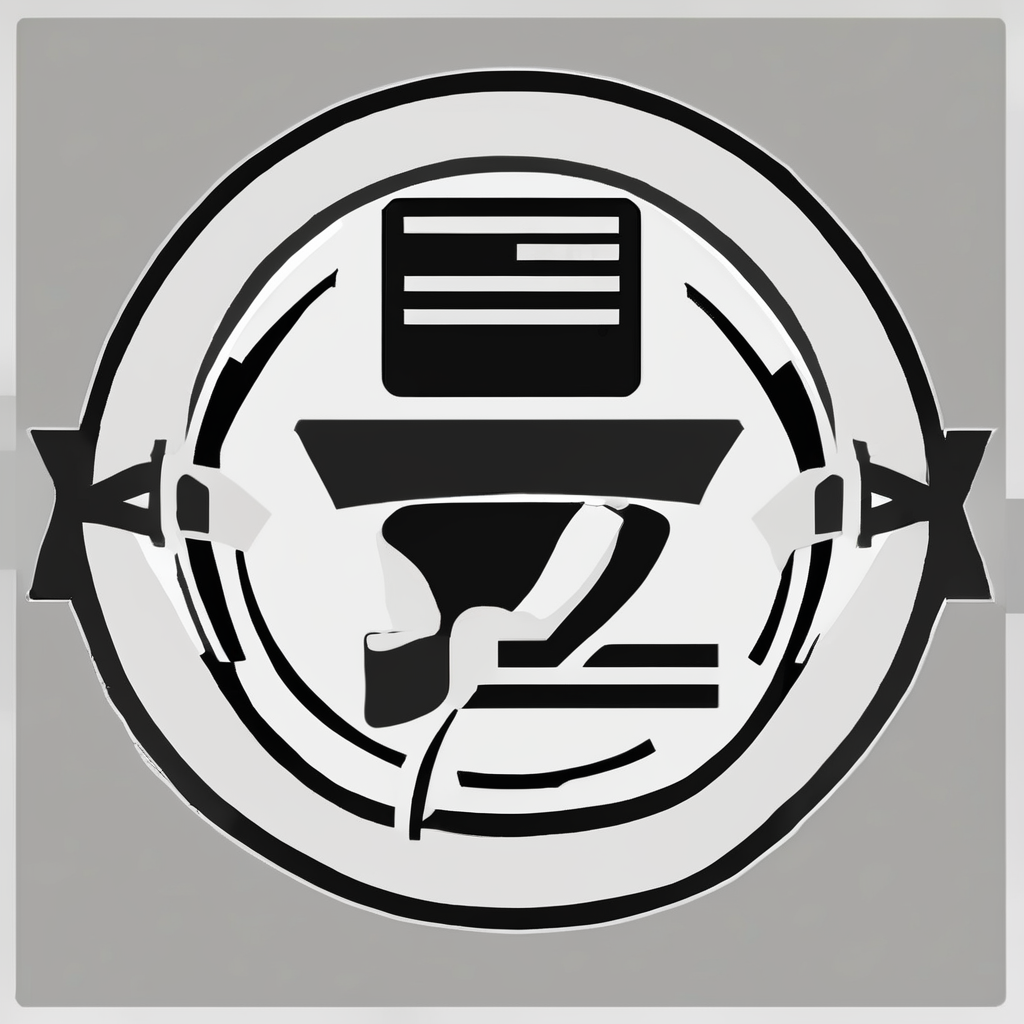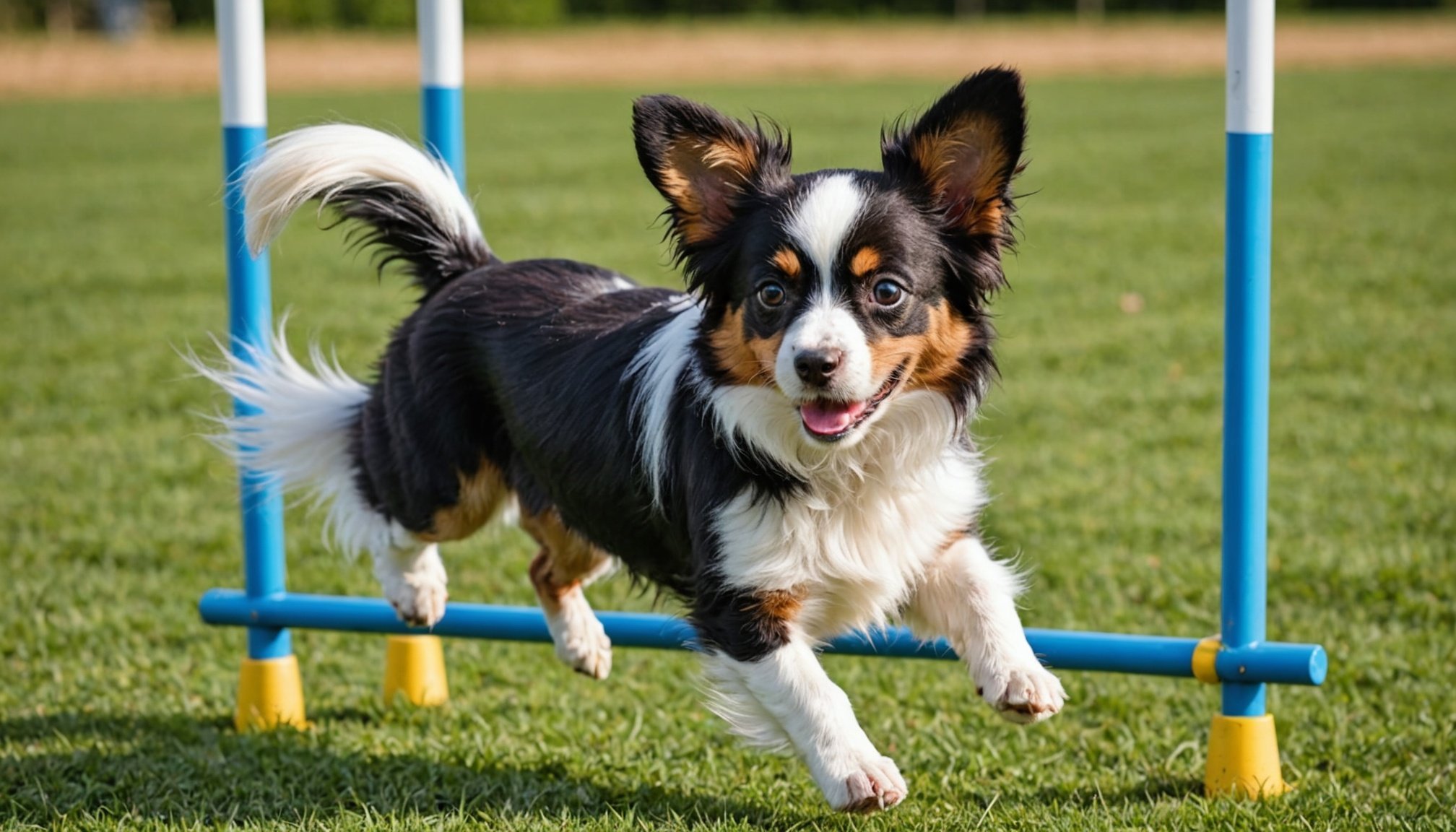Understanding Papillon Puppies and Agility Training
Papillon puppies are well-suited for agility training due to their energetic and intelligent nature. These small yet spirited dogs possess key traits that enable them to excel in agility courses. Speed and agility, combined with an eagerness to please, make Papillons strong contenders in the sport. Additionally, their lightweight frame allows them to navigate obstacles with ease, enhancing their performance.
Understanding the puppy development stages is crucial for effective training. The early months of a Papillon’s life are formative, shaping their behaviour and response to training. During these stages, it is essential to encourage exploration and playfulness while gradually introducing basic obedience commands. This initial step lays a strong foundation for future agility challenges.
Also read : Mastering gentle nipping in your border collie: ultimate tips and training strategies for success
Recognizing the importance of socialization alongside training is also vital. Early exposure to different environments, people, and animals helps Papillons build confidence, which directly translates to their performance on the agility course. Creating an enriching and supportive environment fosters a positive attitude toward training, mitigating potential anxiety and distraction challenges.
By leveraging the inherent traits of Papillon puppies and aligning their developmental needs with agility training basics, owners can cultivate a competitive and joyful partnership on the course.
Also to discover : Ultimate guide to cat training: successfully transitioning your feline to a smart litter box
Preparing for Agility Training
When embarking on agility training preparation with your Papillon, having the right setup is crucial for success. Necessary equipment includes jumps, tunnels, and weave poles, all of which should be introduced gradually to meet the needs of Papillon puppies. These tools form the backbone of agility courses and help develop the speed and coordination Papillons are known for.
Creating a safe training environment is just as important. Ensure the training area is free from potential hazards, with plenty of space for movement. This not only protects your puppy but also encourages confidence during training.
Warm-up and cool-down exercises are paramount for the wellbeing of your Papillon. Before beginning a session, short walks or light play can get their muscles ready for activity, reducing the risk of injury. Similarly, cooling down after intense sessions helps manage stress and fatigue, essential for maintaining the overall health of these energetic puppies.
By focusing on agility training preparation, you provide a solid foundation that supports both mental and physical development. Equipped with the right gear and a safe environment, Papillon puppies are more likely to thrive and enjoy the process of becoming agility champions.
Step-by-Step Training Methods
Introducing structured agility training techniques is key to developing Papillon puppies’ skills effectively. The process begins with instilling basic obedience commands. Essential commands like “sit,” “stay,” and “come” form the foundation. These ensure your puppy listens attentively, an absolute necessity before venturing into agility-specific challenges.
Basic Obedience Commands
Start by teaching simple commands using positive reinforcement. Encourage compliance by offering treats, praise, or play as rewards. This not only motivates the puppy but also strengthens the bond between owner and pup.
Introducing Agility Equipment
Once obedience is established, introduce agility equipment gradually. Begin with low-intensity items such as tunnels and weave poles. Ensure the experience remains positive to increase your pup’s confidence. Using treats to guide them through obstacles reinforces success and fosters a can-do attitude.
Progressing Through Courses
As their proficiency grows, progressively integrate more complex challenges. Incrementally increase the difficulty level, adding hurdles and various courses. Maintain shorter training sessions, adapting intensity to avoid overwhelming the puppy. This gradual progression is crucial in keeping the training enjoyable and effective.
Incorporating these training methods for puppies ensures Papillon puppies remain engaged and successful throughout their agility journey.
Age-Appropriate Exercises
Implementing age-appropriate agility training is vital to ensuring the health and effectiveness of exercises for Papillon puppies. Tailoring exercises to specific age groups can significantly benefit the physical and mental development of these agile pups.
For very young puppies, from 8 to 12 weeks, focus on gentle introducing activities like games of fetch or hide-and-seek. These exercises foster their playful nature while enhancing their cognitive skills and motor coordination without putting undue strain on their delicate joints.
As puppies grow older, from 3 to 6 months, gradually increase the intensity by incorporating low-height jumps and short tunnel runs. This phase aims to build their stamina and confidence, laying the groundwork for more demanding agility challenges as they mature.
Beyond 6 months, Papillons can begin more structured training, integrating agility equipment like weave poles and hurdles into their routine. At this stage, professionalism in agility training is more feasible, aligning exercises with their now strengthened physical capabilities.
It is crucial to avoid overexerting young Papillon puppies. Monitoring each Papillon’s response to exercises and providing adequate rest promotes a well-balanced training regime. These considerations ensure these enthusiastic puppies develop into confident, healthy agility participants.
Overcoming Challenges in Training
Training Papillon puppies for agility can present several challenges, but with the right approach, these can be effectively managed. Common hurdles include distractions during sessions or a fear of equipment, both of which can impede progress. Understanding these issues allows for targeted solutions that enhance the training experience.
Distractions are natural for young puppies, particularly in unfamiliar settings. To address this, maintain a controlled environment and gradually increase the complexity of exercises. Building confidence in puppies hesitant around equipment requires patience and positive reinforcement. Start with familiar items, encouraging interaction with gentle rewards to ease apprehensions.
Strategies for Building Confidence
- Ensure Consistency: Regular training schedules help instil routine and familiarity, reducing anxiety.
- Positive Experiences: Rewarding small achievements builds up a puppy’s comfort and enthusiasm for training.
- Controlled Exposure: Introduce new elements over several sessions rather than all at once.
Patience and consistency are paramount. Use calm, encouraging tones and avoid displaying frustration, as puppies may mirror their owner’s emotions. By adopting these strategies and providing a supportive atmosphere, owners can help Papillons overcome typical training challenges, leading to a fruitful and enjoyable agility journey.
Fostering a Positive Training Environment
Creating a supportive and enjoyable training environment is fundamental for fostering success in agility. Positive reinforcement plays a critical role in encouraging learning and motivation. It involves rewarding Papillon puppies immediately after they perform a desired action, helping them associate good behaviour with positive outcomes. This technique strengthens communication and trust between the owner and puppy, enhancing their bond.
To maintain an engaging atmosphere, keep sessions light-hearted and fun. Incorporate play into training routines, allowing puppies to associate agility exercises with enjoyment rather than obligation. Introducing games or short breaks during sessions can keep their interest piqued and spirits high.
Building a strong owner-puppy connection through agility activities is equally important. Collaborative exercises not only improve physical abilities but also deepen the mutual understanding between you and your Papillon. Over time, this connection fosters a sense of partnership and teamwork, motivating the puppy to perform better.
In summary, incorporating positive reinforcement and maintaining an engaging training environment sets a solid foundation for both performance and relationship building. By doing so, you’ll ensure your Papillon enjoys agility, achieving excellence with enthusiasm and joy.
Success Stories and Case Studies
Exploring agility success stories provides inspiring insights into Papillons thriving in agility competitions. One notable example showcases Papillon “Charlie,” who dazzled the audience with his flawless performance at the 2022 National Agility Championships. His journey from a playful puppy to a decorated champion involved dedication, strategic training adjustments, and steadfast encouragement from his owner.
Featured Success Story
Charlie began his training at eight weeks old, with an emphasis on age-appropriate agility exercises. His owner focused on building a strong foundation of basic obedience commands before gradually introducing agility equipment. Using positive reinforcement techniques, Charlie was motivated through each milestone, enhancing his skills and confidence.
Lessons Learned from Successful Training
Successful trainers emphasize the importance of adaptable training methods tailored to each puppy’s unique traits. They stress the balance between structured routines and flexibility, allowing Papillons to progress at their own pace. Crucially, these trainers advocate for patience and consistency, ensuring a stress-free environment that fosters learning and growth.
Influence of Socialization on Performance
Socialization plays an invaluable role in shaping a Papillon’s agility potential. Early exposure to diverse environments and scenarios builds resilience and adaptability. Charlie’s success underscores the influence of socialization, as his extensive exposure buoyed his confidence on the competitive stage, ultimately facilitating his rise as a renowned agility champion.
General Care for Papillons During Training
Ensuring the well-being of Papillon puppies throughout training phases involves comprehensive care strategies. Key among them is addressing the breed’s specific nutritional needs to support their high-energy activities. A balanced diet rich in proteins and essential vitamins aids in muscle development and sustains energy levels during agility training. Consulting a veterinarian for a dietary plan tailored to active puppies can optimize their performance.
Regular health check-ups are crucial, allowing early detection of any potential issues like joint strain, which is common in energetic breeds. These evaluations ensure your puppy remains fit and agile, ready to tackle training challenges without health-related interruptions.
Managing stress and fatigue is another priority. Training sessions should be limited to short, engaging activities to prevent overexertion. Pay attention to your puppy’s signals; tiredness or disinterest may indicate the need for a break. Incorporate ample rest periods into their routine, fostering recovery and enthusiasm for future exercises.
Furthermore, hydration is essential. Always provide fresh water, especially after intense sessions, to prevent dehydration and maintain optimal health. By prioritizing these aspects of care, you support the overall well-being and success of your Papillon puppy in their agility training endeavors.

